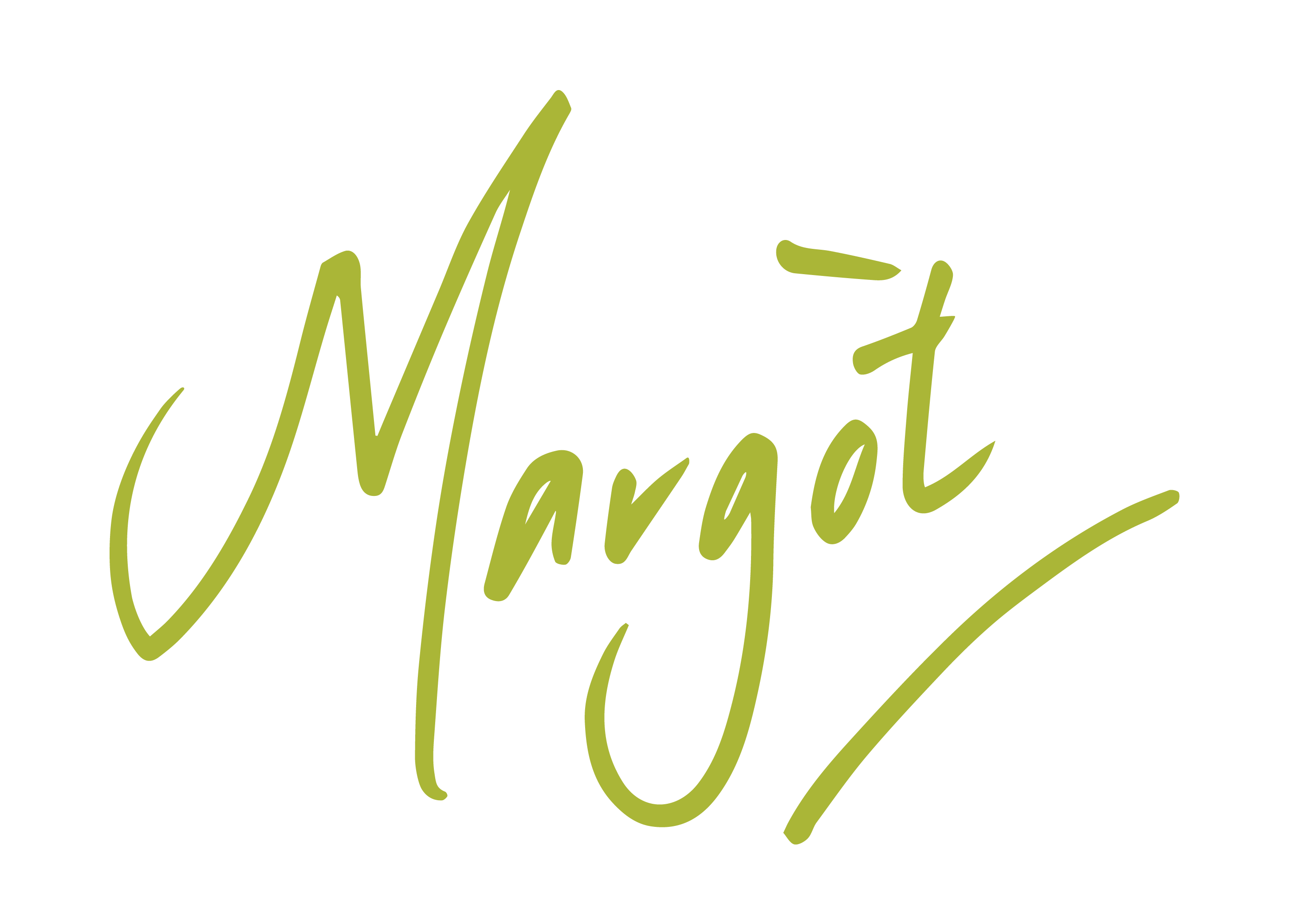1207″]
“Make new friends, but keep the old. One is silver and the other is gold”
– Joseph Parry
During a recent discussion I overheard the statement that ‘your net worth depends on your net-work’ which in turn sparked lots of commentary around what and how people were doing to build, approach and engage with their networks. Interestingly many found it easier to discuss what steps were being taken to tap into new networks rather than reconnecting with old ones.
When speaking of ‘old’ or past networks many referred to them with a disappointed sigh as a missed opportunity or simply placed them in the too hard basket when talk arose about how they would actually re-engage. At the heart of it was a fear of being perceived as disingenuous or as a ‘taker’ only reappearing because of a need or agenda.
This fear is no more evident than when individuals find themselves looking to take on a new role or relocate cities or countries. There is no denying that our networks are critical during these times and often are sources for new roles and / or play a key part in how smoothly we transition. However our past networks can also play a critical role in our immediate success simply because of the way we now do business. With a much stronger need to innovate, collaborate and identify key outsourced business partnerships, our networks can be powerful influencers on how we achieve our outcomes.
Learning how to genuinely re-engage with our past connections can prove not only to be a key determinant of our future success and career direction it can also be incredibly rewarding and fulfilling. In fact it is in failing to reconnect that can all too easily be the real missed opportunity.
Adam Grant, Wharton Business leader and author of Give and Take explores how our success has become increasingly dependent on the interactions we have with others rather than on the individual drivers of success such as commitment, hard work and passion. In analyzing our networks he classifies them into three groups: strong, weak and dormant ties. It is this third group – defined as people you used to know but don’t keep in touch with – that he believes is the most easily dismissed and undervalued.
In a recent Inc. article he explained why he believes that dormant ties can be better for networking than weak (people we’ve met but don’t really know) or even strong ties. All too often our strong ties give us redundant knowledge – they are likely to know the same people, operate in similar environments and do similar things. Dormant ties however tend to give us better information because they have a much more diverse network with different thinking and experience. Invariably they have been meeting new people, learning different things and ways of operating so they can potentially open up whole new worlds you didn’t know existed. Reaching out to dormant ties rather than weak ones is generally more comfortable because of the shared experience and common history even if there has been a lot of water that has passed under the proverbial bridge.
So how do we re-engage with our past networks genuinely and with purpose? I would encourage you to consider the 7 tips below:
- Plan to reconnect: Get clear on who you want to reconnect with and why – the initial contact will always be made easier with a clear sense of purpose.
- Identify the best way to connect: Determine what is the most appropriate way to connect – do you pick up the phone, send an email or initially engage on social platforms such as LinkedIn? Consideration should also be given as to whether or not it is easier to leverage a reconnection through any other known networks.
- Embrace the awkwardness: It will feel a bit awkward and will require you to ‘feel the fear and do it anyway!’ Pretending that you are the best of friends and it is only natural that you would be making contact is inauthentic and can actually be more harmful than helpful.
- Acknowledge the lapse in time: As with all communication, honesty is imperative. Be up front about the lapse of time and provide some sort of context for that time period – studying, working abroad, family commitments, new roles etc. When you admit it’s been a while and you want to catch up, it ‘s more genuine and authentic.
- Explain ‘Why Now?’ Understand why you want to connect and be transparent about it. Draw a link between what has prompted you to get in touch and why eg: I have recently made the decision to relocate back to Australia and I know that you have successfully made that transition so was keen to hear what your tips and insights were.
- Ask how they are: Seeking to understand your connection’s story is critical. They will no doubt also have been developing new skills, knowledge and connections so it is important to build awareness on what they have been doing. It also makes it easier to create genuine dialogue and opens the door for you to reciprocate in kind.
- Offer to reciprocate: None of us like to feel as though we are doing all the asking or taking so it is important to offer your knowledge, skills and experience in return. You are also much more likely to want to engage when you work to establish a two-way benefit.
Reaching out to reconnect is often not easy – it requires an element of vulnerability and bravery to pick up the phone or push send on that email. Invariably though you will find that the person you are reconnecting with is delighted to learn that they their background and experience can offer support, insight and value to what you are now doing. Needless to say it is all in the way that you ask and approach but learning how to overcome our own fears and hesitations is the critical step.
Building and fostering your networks is an investment. As such it requires time and planning. Why not set yourself a challenge to re-engage with 3-5 people who you believe can add value to what you do today!
As always I would love to hear your thoughts.

If you would like to explore ways of building your own purposeful professional network including how to genuinely reconnect, please contact Margot on 0400 336 318.

